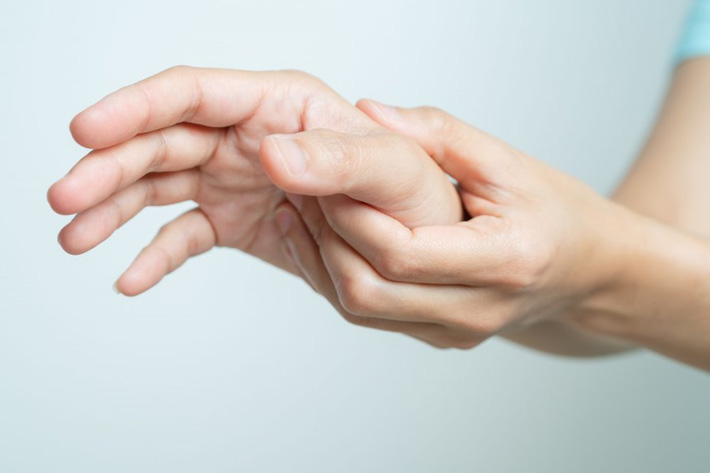De Quervain’s tenosynovitis, also known as De Quervain’s syndrome or De Quervain’s disease, is a painful condition that affects the tendons on the thumb side of the wrist. It involves inflammation of the tendons that control movement of the thumb, specifically the abductor pollicis longus and extensor pollicis brevis tendons.
The exact cause of De Quervain’s tenosynovitis is often unknown, but it is commonly associated with repetitive hand and wrist motions or activities that require forceful gripping or twisting of the wrist. It is more common in women and individuals between the ages of 30 and 50.
The symptoms of De Quervain’s tenosynovitis typically include pain and tenderness on the thumb side of the wrist, near the base of the thumb. The pain may radiate up the forearm and worsen with thumb and wrist movement. Swelling and difficulty moving the thumb or gripping objects may also be present.
To diagnose De Quervain’s tenosynovitis, a healthcare professional will usually perform a physical examination, checking for tenderness and swelling in the affected area. They may also perform a Finkelstein test, where the patient makes a fist with the thumb inside the fingers, and the wrist is bent toward the little finger. If this maneuver elicits pain, it is suggestive of De Quervain’s tenosynovitis.
Treatment options for De Quervain's tenosynovitis may include:
- Rest: Avoiding activities that aggravate the symptoms and giving the affected hand and wrist time to heal.
- Immobilization: Wearing a splint or brace to limit thumb and wrist movement, which helps reduce inflammation and promote healing.
- Ice therapy: Applying ice packs to the affected area to reduce pain and swelling.
- Medications: Nonsteroidal anti-inflammatory drugs (NSAIDs), such as ibuprofen, may help alleviate pain and reduce inflammation.
- Corticosteroid injections: In more severe cases, a healthcare professional may inject corticosteroids into the tendon sheath to reduce inflammation and relieve symptoms.
- Physical therapy: Stretching and strengthening exercises can help improve thumb and wrist function and prevent recurrence of the condition.
- Surgery: In rare cases where conservative measures fail to provide relief, surgical intervention may be considered to release the tendon sheath and alleviate pressure on the tendons.
It’s important to consult with a healthcare professional for an accurate diagnosis and appropriate treatment plan tailored to your specific condition.





